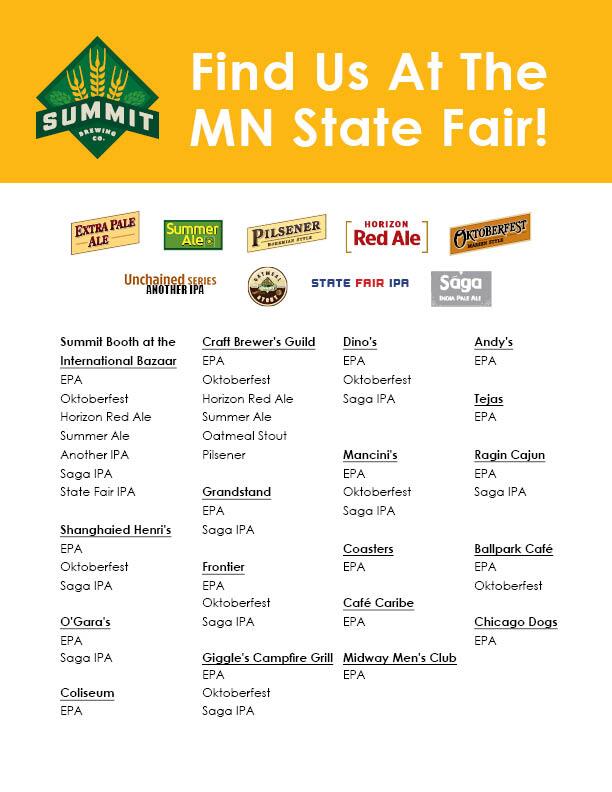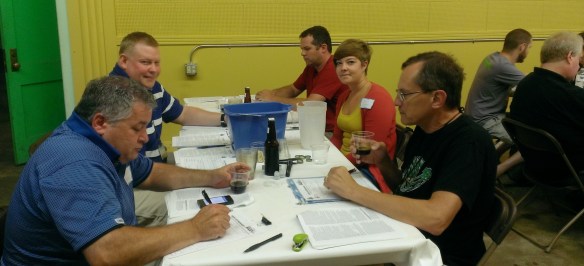
Of all the legal issues involved with starting a brewery, none is more complicated, cumbersome, time consuming and costly than obtaining equity capital. That’s due to the requirements – or should I say, restrictions – imposed by federal and state securities laws.
On September 23, 2013, the new Securities and Exchange Commission (“SEC”) rule which lifts its long-standing prohibition on general solicitation and general advertising for certain private securities offerings under Rule 506 of Regulation D goes into effect. Some have written that finding investors will get easier and pre-launch breweries are looking at updates to their websites to include a pitch for funds. Is the new rule that much of a benefit to issuers, or is the devil in the details?
Background on Securities Laws
In the aftermath of the 1929 stock market crash and in the midst of the Great Depression, Congress enacted the Securities Act of 1933. This Act created the SEC as the federal regulatory agency having jurisdiction and oversight over the raising of investment capital. Under the Act, an issuer must either register its offering with the SEC (this is said to be a “public offering”) or make the offering under one of several exemptions set forth in the Act. Most small private company offerings are made under exemptions set forth in Regulation D. Rule 506 is one of the Regulation D offerings and allows an unlimited amount of funds to be raised, provided that the issuer does not engage in general solicitation or general advertising of investors.
The importance of the prohibition on general solicitation is this: unless the issuing company or someone with close ties to it knows of any “accredited investors” interested in investing, the issuing company faces a steep uphill climb to realizing its fundraising goal(s). In the brewery context, experience shows that those most interested in owning part of a brewery are typically “non-accredited”, meaning that they lack the net worth and/or annual income sufficient to qualify as “accredited.” The process for soliciting these “non-accredited” investors – who the law deems to be unsophisticated and entitled to greater disclosures and protection – is complicated and expensive…unless the SEC ever creates regulations giving effect to the crowdfunding provisions of last year’s JOBS Act.
The New Rule 506(c)
The new rule creates another means of raising funds from accredited investors under Rule 506. The “old” rule – whereby no general solicitation is made – is now found as Rule 506(b). New Rule 506(c) allows issuers to engage in general solicitation and general advertising to market their offerings, so long as: (1) all purchasers of the securities are accredited investors; (2) the issuer takes “reasonable steps to verify” that the purchasers of the securities are accredited investors; and (3) all terms and conditions of Rules 501, 502(a) and 502(d) are satisfied.
“Reasonable steps to verify” is the key verbiage of this new so-called “easier” way to raise funds. Under current Rule 506 offerings, typically the issuer verifies accredited investor status via a check-off box in its subscription agreement. That, however, is not enough under Rule 506(c). An issuer looking to engage in general solicitation to find investors under Rule 506(c) is going to have to review tax returns, bank statements, personal financial statements, or receive a written opinion from an attorney, CPA or financial advisor. This is a cumbersome task that goes well beyond finding the right location, determining what to name your brewery and beers and where to source your raw materials from.
In short, the wisest course of action, in my opinion, when it comes to the new Rule 506(c) is to proceed as if it does not exist. The 506(b) offering, while restricting an issuing brewery’s ability to cast a wide net for equity investors, remains far simpler to comply with and less fraught with potential liability for the brewery and its professional advisors.


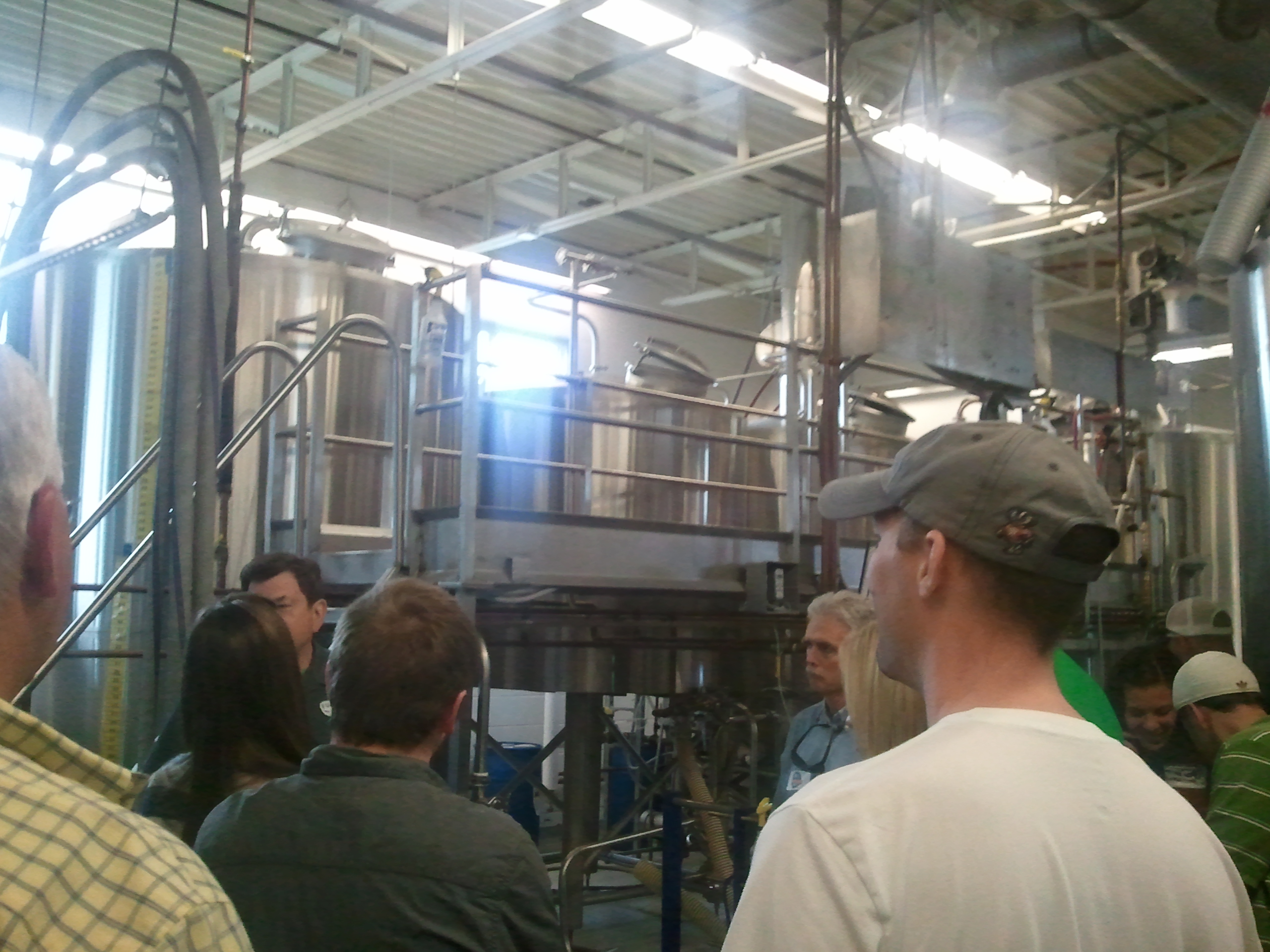
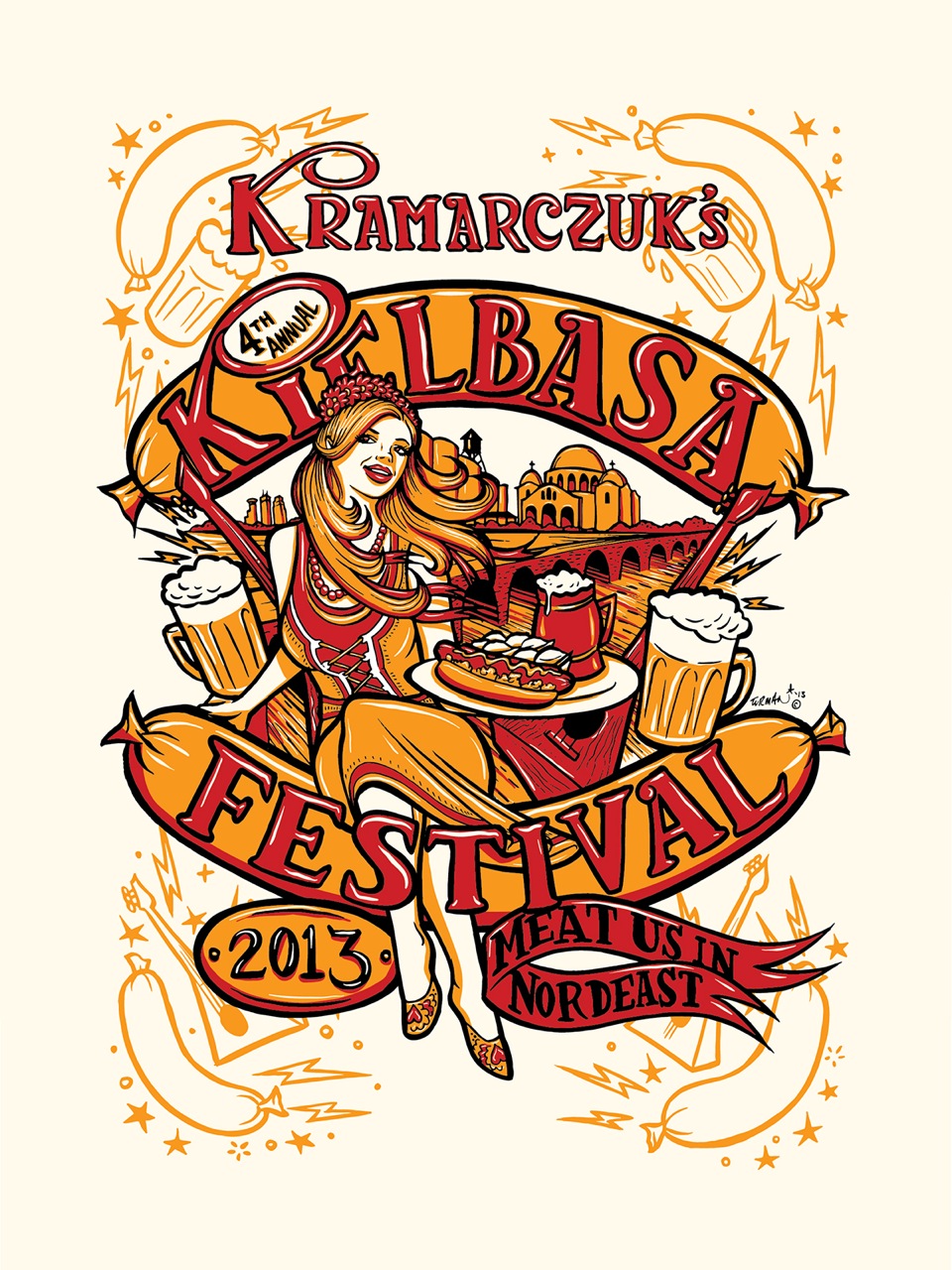
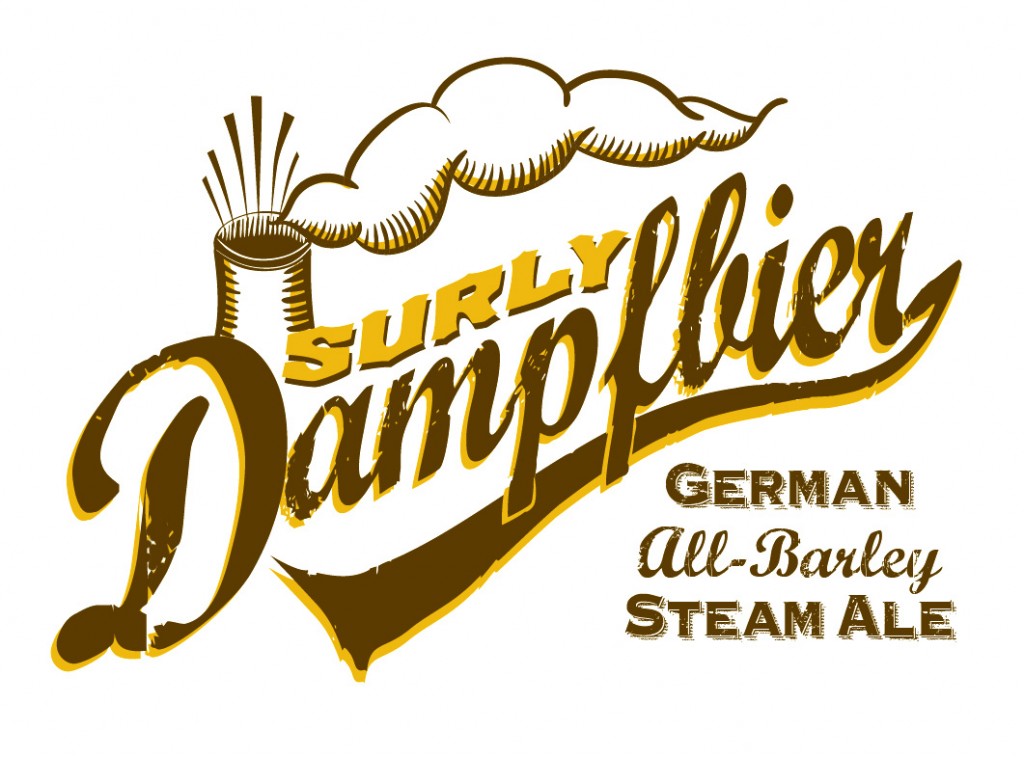
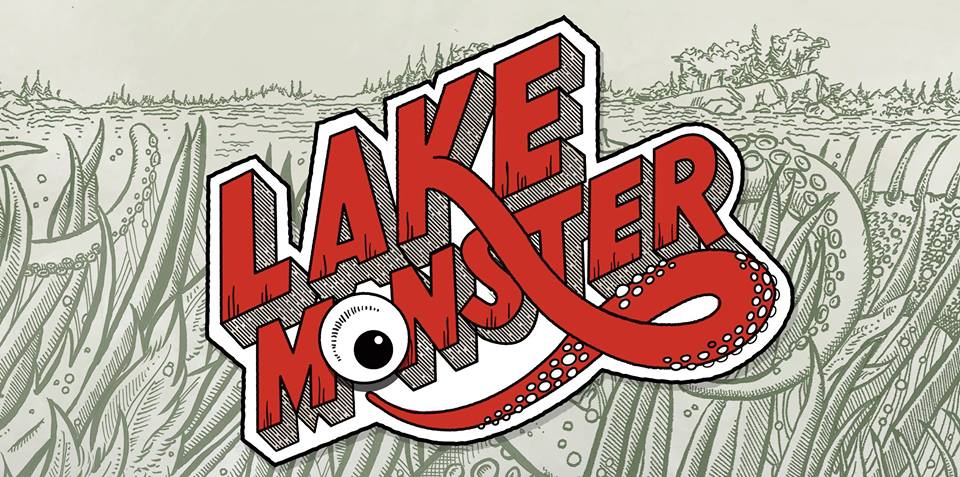
 The brainchild of Matt Zanetti, Matt Lange, and Jeremy Maynor, Lake Monster Brewing is a new brewing company based in Minneapolis.
The brainchild of Matt Zanetti, Matt Lange, and Jeremy Maynor, Lake Monster Brewing is a new brewing company based in Minneapolis. Marketing and clever branding alone can’t sell beer though. Well, maybe it can, but it shouldn’t. Regardless, the guys at Lake Monster are sure the beer will stand on its own as a quality product. For the time being the beer is being brewing in Black River Falls, WI under Lange’s supervision. Lange earned his brewing stripes working as an assistant brewer at Ale Asylum, in Madison Wisconsin. He will be using his knowledge to make sure his creations come out exacting standards. He is in the brewhouse frequently, doing everything from checking the quality of ingredients to tossing in hops.
Marketing and clever branding alone can’t sell beer though. Well, maybe it can, but it shouldn’t. Regardless, the guys at Lake Monster are sure the beer will stand on its own as a quality product. For the time being the beer is being brewing in Black River Falls, WI under Lange’s supervision. Lange earned his brewing stripes working as an assistant brewer at Ale Asylum, in Madison Wisconsin. He will be using his knowledge to make sure his creations come out exacting standards. He is in the brewhouse frequently, doing everything from checking the quality of ingredients to tossing in hops.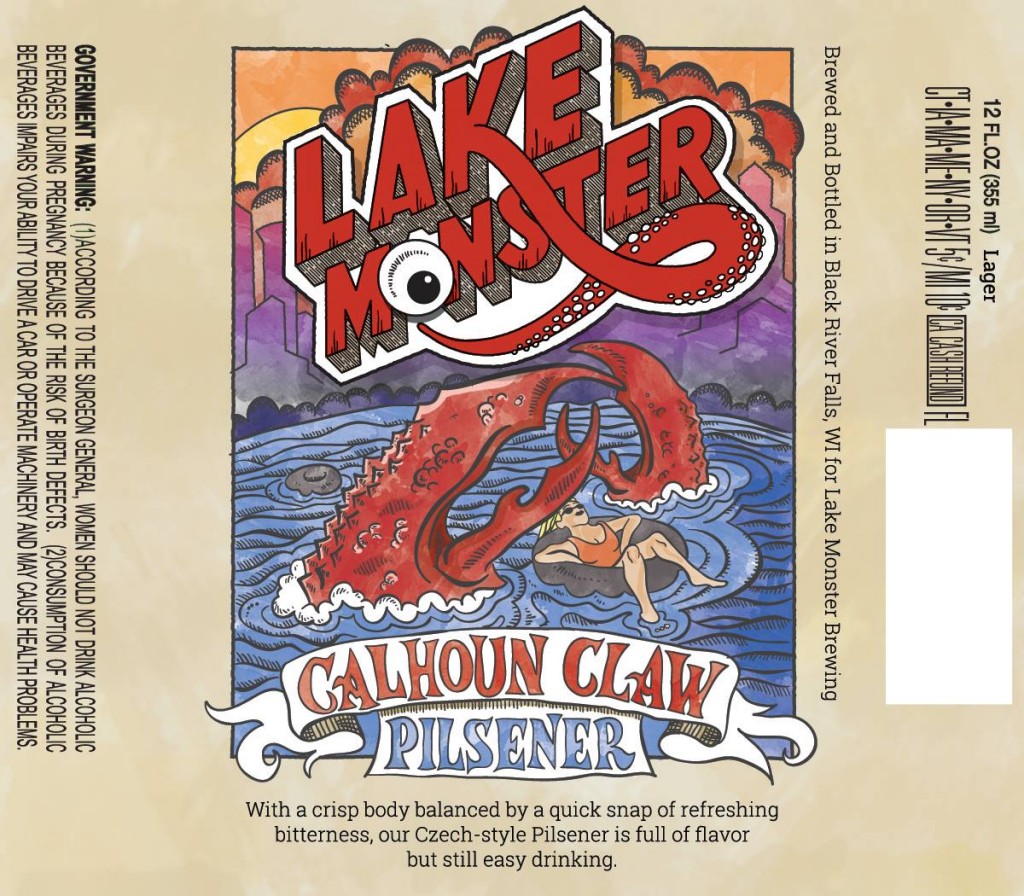
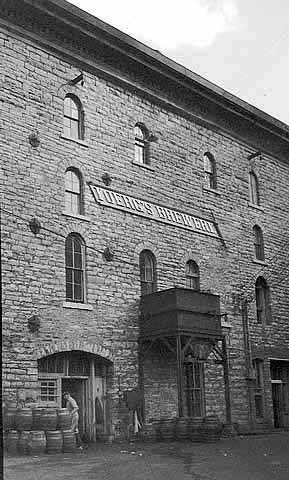
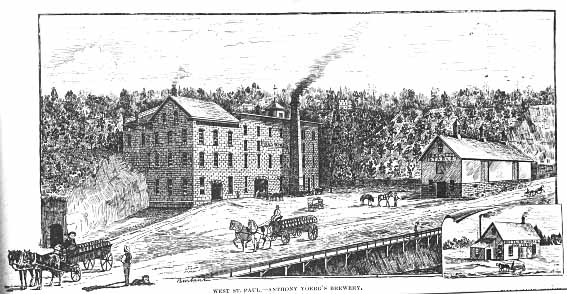 The new brewery was built on the corner of St. Paul’s Ohio and Ethel streets. Here Yoerg had the perfect 47 degree climate for the storage and aging of the beer and more than enough room if needed for any future expansion of the brewery. Soon his new brewery was producing up to 50 barrels of beer a day and things were looking up for Yoerg and his crew.
The new brewery was built on the corner of St. Paul’s Ohio and Ethel streets. Here Yoerg had the perfect 47 degree climate for the storage and aging of the beer and more than enough room if needed for any future expansion of the brewery. Soon his new brewery was producing up to 50 barrels of beer a day and things were looking up for Yoerg and his crew.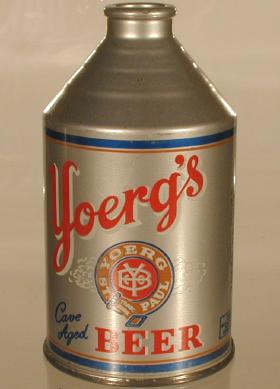 Sadly, in July of 1896 Anthony Yoerg died. After which Yoerg’s five sons took over the business and continued on. Brewery operations continued until what we all know as the biggest and worst idea ever, in 1922 Prohibition changed everything. The brewery was now forced to change what they had down pat and start in a different direction if they expected to survive. Other breweries decided to go the soda route but Yoerg decided to go the dairy route.
Sadly, in July of 1896 Anthony Yoerg died. After which Yoerg’s five sons took over the business and continued on. Brewery operations continued until what we all know as the biggest and worst idea ever, in 1922 Prohibition changed everything. The brewery was now forced to change what they had down pat and start in a different direction if they expected to survive. Other breweries decided to go the soda route but Yoerg decided to go the dairy route.




